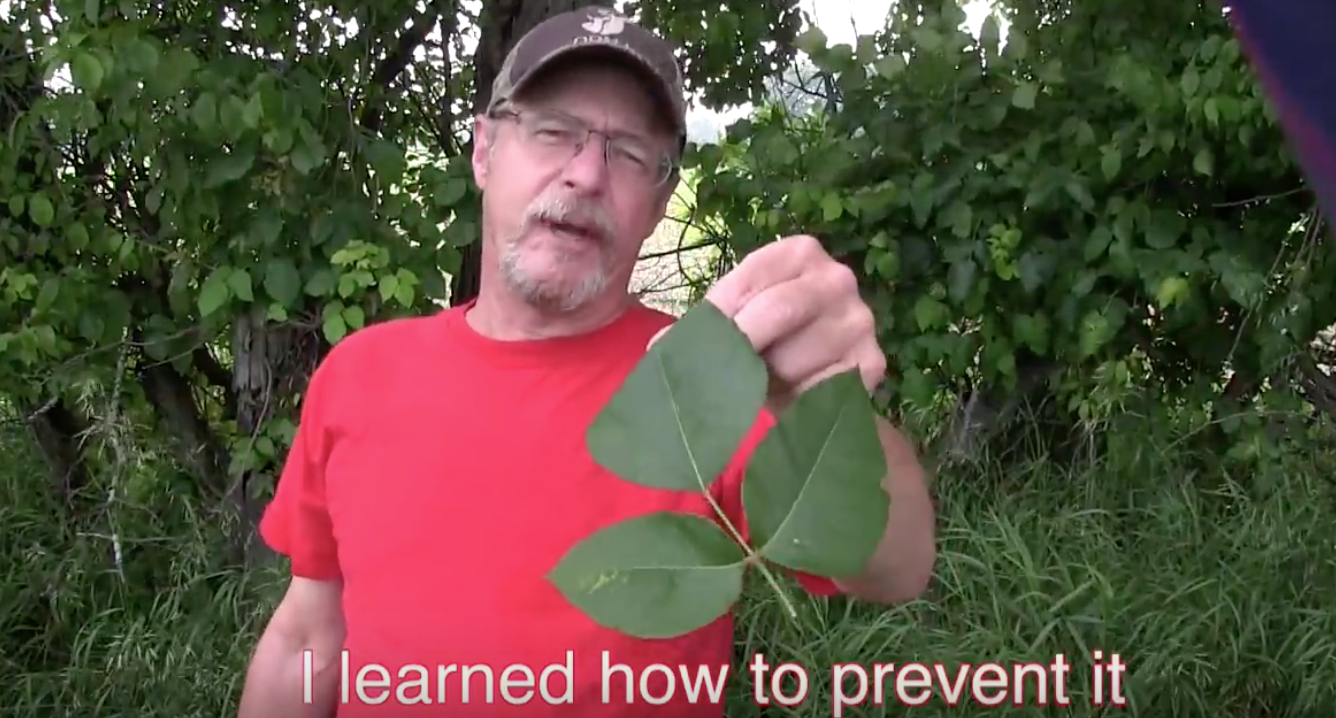You Won’t Get Poison Ivy Again Even If You Come Into Contact With It After You Learn THIS Trick
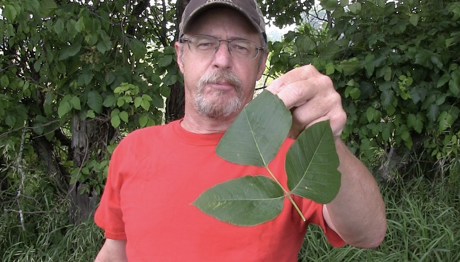
Poison ivy earned its foreboding name because the vines of the plant creep and climb up things and can be highly toxic to humans when they come into contact with skin. When that occurs most people develop an allergic reaction and an extremely itchy, painful, uncomfortable rash breaks out!
While a small minority of people have a high threshold for poison ivy and never develop a reaction, most others are highly sensitive to it. If they make even slight contact with the plant, like barely brush against it, they are bound to break out. That’s why the best way to prevent a poison ivy rash is to avoid the plant in the first place, but that’s not always possible. If and when you ever do come into contact with poison ivy down the line, you need to know the following information. It can help minimize your risks and save you a lot of pain!
First off, poison ivy reactions are caused by urushiol which is found on the stems and leaves. Urushiol is an oily resin that sticks to everything and so whatever comes into contact with the oil can further spread it all around. Say for example you drive over poison ivy plants, it will get on the tires and then if you touch the tires it can get on your skin. Other more common items that urushiol may contaminate are gardening tools, rakes, chainsaws, and clothing.
Next, if you ever think you may have touched poison ivy then you need to know Jim Brauker’s tip on how to minimize the potential of it turning into a gross, nasty rash. The scientist and wildlife enthusiast explains the best technique for this and demonstrates it himself in the accompanying video. He explains that if you come into contact with poison ivy you need to wash the oil off your skin within 2-8 hours. The sooner you wash the better and even if you’re unsure about whether or not you got any oil on you, wash the area no matter what. Use cold water, soap, and a washcloth to help get it completely off your skin.
The key to this trick is a washcloth, so make sure you use one, because it provides the friction necessary to scrub and lift the oil off your body. Use it on all contaminated areas and a loofah or towel will also work just as well at picking up and removing the oil. As for soap, it doesn’t matter what kind you use, but never wash with hot water!! It causes pores to open up and that will allow the urushiol in.
Poison ivy rashes are no laughing matter and in a perfect world we’d all avoid the plant in the first place. To help you do that, here’s what you need to know on how to identify it:
“Leaves of three, let them be. Leaves of five, let them thrive.” The first half of this old saying is a helpful way to remember how to identify a poison ivy plant, the second part serves to prevent other similar looking vine-type plants from being confused or wrongly associated with it. Other sayings provide more details on how to identify the plant, two of which include; “longer middle stem, don’t touch them” and “hairy vine, no friend of mine.” Out of the three total leaves it’s the middle one that has the longest stem and the vines will have tons of small ‘hairs’ that help it stick to things as it climbs. This is important to know since the leaves die and fall off in the fall/winter but the stems, roots, and vines can still all give you a rash because they also contain urushiol oil. Other things to look for are glossy leaves with smooth or toothed edges and in late summer the plants sometimes grow white berry clusters.
Hopefully you never have to use Jim Brauker’s poison ivy removal method, but if you do you’ll be glad you took the time to check his video out! Pass this tip on to the gardeners, hikers, nature enthusiasts, and the people most likely to run into poison ivy in your life, and stay safe!
Please Share This Trick With Family and Friends
After Watching This Simple Trick You Will Never Get Poison Ivy Again Even After Touching It!
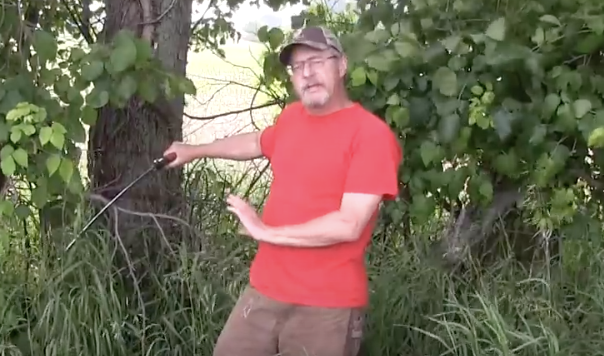
Poison ivy rashes are no laughing matter. They can be extremely uncomfortable, itchy, and painful. While some people have a high threshold for poison ivy and never develop a reaction, others are very sensitive to it and even the slightest contact with the plant makes them break out.
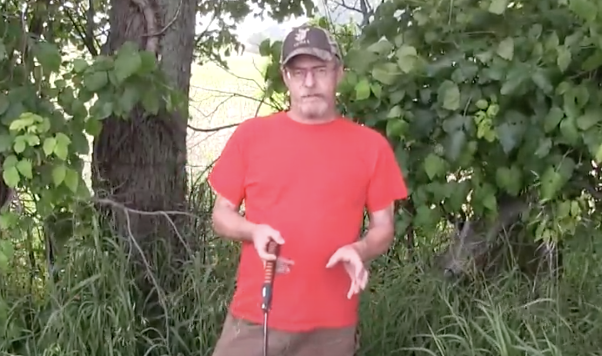
The best way to avoid a rash is to avoid the pant, but that’s not always feasible. Poison ivy reactions are caused by urushiol, an oily resin, that’s found on the stems and leaves of the plant. Whatever comes into contact with the oil can further spread it.
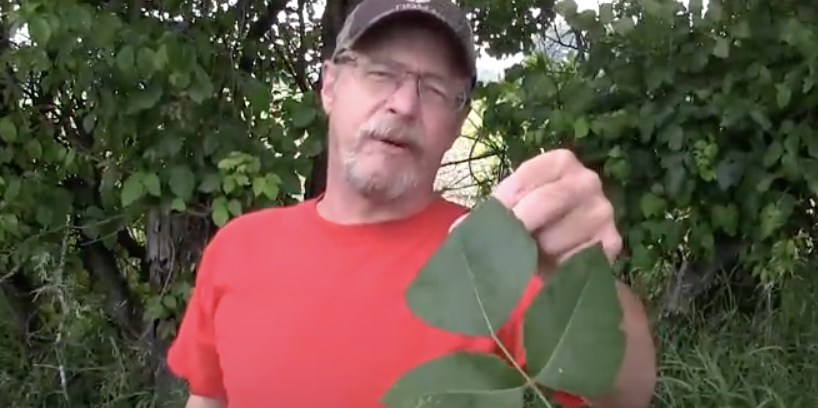
For example, if you drive over some plants it will get on the tires, then if you touch the tires it can get on your skin. Other common things that it may contaminate are gardening tools, rakes, chainsaws, tires, and clothing.
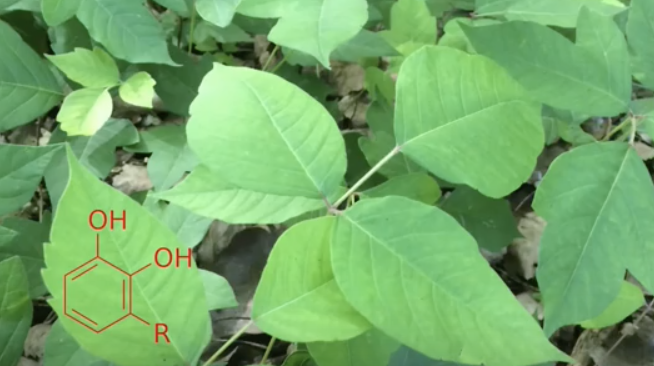
In this video, scientist and wildlife enthusiast Jim Brauker explains the best technique for minimizing your chances of developing a nasty rash. He says that if you ever do come into contact with poison ivy, or suspect you may have, then you need to wash the oil off your skin within 2-8 hours, the sooner the better.
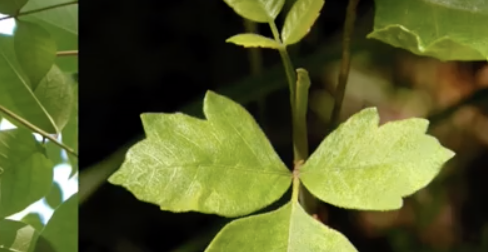
You should use cold water, soap, and a washcloth to help get it completely off your body. The key is to use a washcloth, which provides the necessary friction, on all possibly contaminated areas of your body. A washcloth, loofah, or towel is what works best to pick up and remove all of the oil.
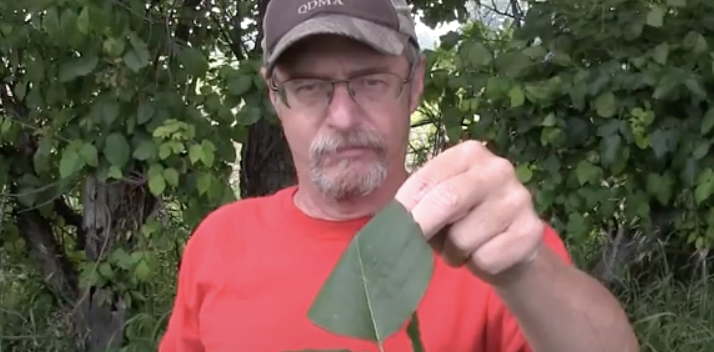
It doesn’t matter what soap you use but never wash with hot water since it opens up pores and allows the urushiol in. Ideally, you should try to avoid the plant in the first place, so you need to know how to identify it. “Leaves of three, let them be.
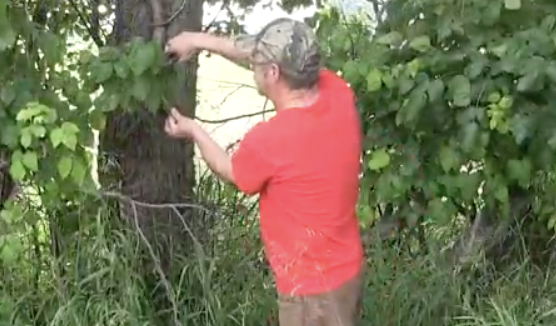
Leaves of five, let them thrive.” The first part of this old saying provides a helpful way to remember how to identify a poison ivy plant, and thus avoid it. The second part serves to help prevent other similar looking vine plants from wrongly being associated or confused with poison ivy.

There are additional sayings which provide more details and definitive ways to identify the plant, they include “longer middle stem, don’t touch them” and “hairy vine, no friend of mine.” Out of the three leaves the middle one sports a longer stem than the two side ones and the vines have lots of small ‘hairs’ that it uses to stick to things as it climbs.
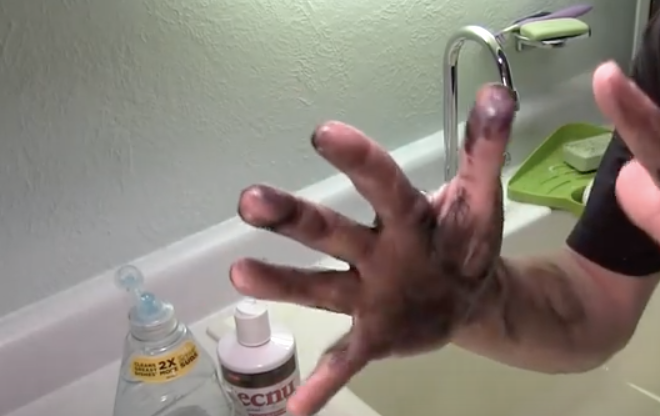
That’s important to know because the leaves fall off in the fall/winter but the stems, roots, and vines can still all give you a rash because they too contain the urushiol oil. Other things to look for are glossy leaves with smooth or toothed edges and in late summer the plants sometimes grow white berry clusters.
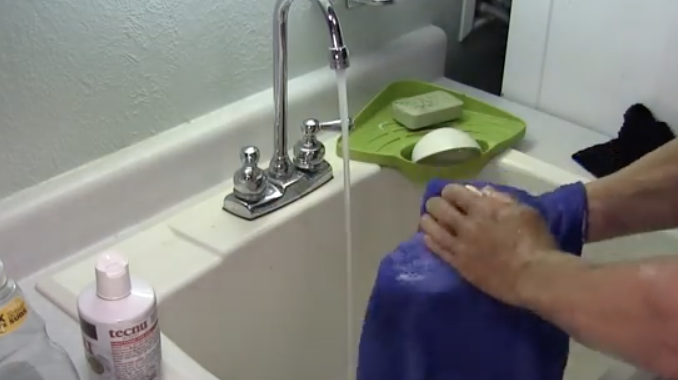
Please Share This Poison Ivy Trick With Family and Friends
You Must Learn These Simple Tricks To Treat and Ease Poison Ivy Before You Go Outside This Year.
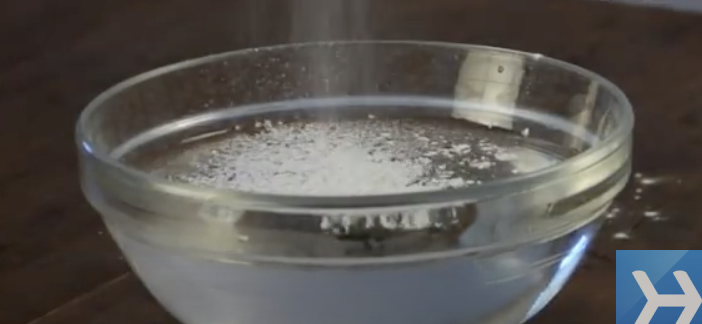
If you have ever endured a poison ivy rash, you know how awful it can be. In severe cases, it can even be life-threatening. After watching this helpful video, you will be able to take the necessary steps following a poison ivy exposure to significantly reduce your suffering, both in severity as well as duration.
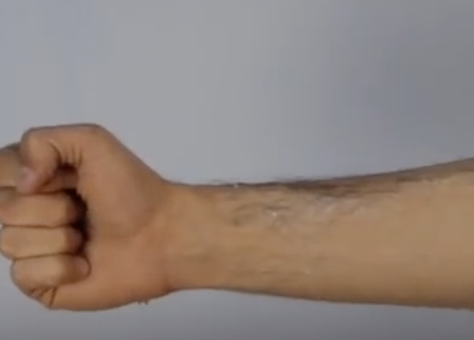
Toxicodendron radicans, commonly called poison ivy, is technically not ivy at all. The rash that often follows touching the plant is caused by an oil called urushiol, which is contained in the sap of the plant. Surprisingly, the plant is eaten by many animals, and the seeds provide a tasty meal for birds. It is found throughout most of North America.
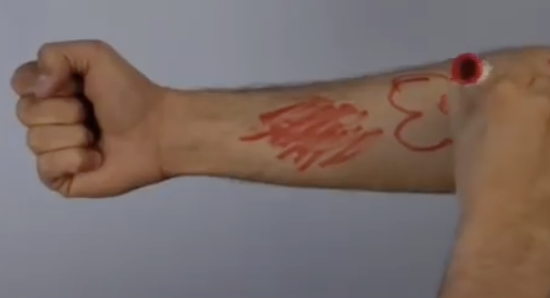
Even if you never need to use this information for yourself, your knowledge of how to deal poison ivy encounter might enable you to help someone else. Let us know in the comments if you have any other helpful tips for dealing with poison ivy.
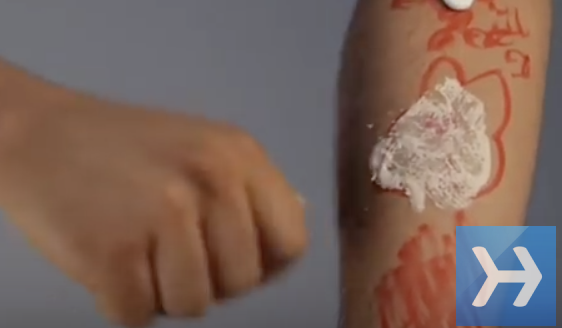
Please Share These Techniques With Family and Friends
The Simplest Way To Never Get Poison Ivy Again. This Is Such an Awesome Life Hack.
From an early age we are taught that certain things need to be avoided in life, and poison ivy should always be at the top of the list of plants to stay far away from. Anyone who spends a lot of time enjoying the great outdoors, whether they’re hiking, working, playing, gardening, or the like, needs to be aware of what poison ivy plants look like. That way when they spot it they can give it a wide berth and avoid the painful, itchy rashes that it can cause.
The terrible rashes caused by poison ivy are never a laughing matter. At a minimum they are itchy and uncomfortable but some people suffer severe reactions and develop blisters that can leave scars or even worse. Tolerance for poison ivy varies from one person to the next, some of us may never experience a reaction to it while others break out without even coming into direct contact with the plant.
The nasty rashes are specifically caused by urushiol, an oily chemical resin that is found in the plant’s stems and leaves. Anything that comes into contact with urushiol picks it up and this is why the rash has the potential to spread so easily. Many times people don’t need to actually touch the plant because other items do, and so when you touch them the oil gets transferred to your skin. For example, if you drive over poison ivy the oil gets on your car tires, then if you touch the tires it gets on your hands and skin, and from there whatever else you touch may end up with urushiol oil on it. Other than tires, the most common items that get contaminated are things like rakes, gardening tools, chainsaws, shoes, and clothing.
While the best way to prevent a poison ivy rash is to avoid the plant in the first place, that’s obviously not always possible! If and when you ever come into contact with it down the line, you need to know this simple trick that can save you a lot of pain and suffering. The information that scientist and wildlife enthusiast Jim Brauker covers will help to minimize the risks and cut down on the odds of you developing the dreaded rash. As you can see in the video, he is actually holding the plant with his bare hands which means there is definitely urushiol all over them. However, he won’t get a rash because he knows the secret to stopping the toxic oil in its tracks!
According to Mr. Brauker, as soon as you know or even suspect that you have come into contact with poison ivy you need to wash the area thoroughly within 2-8 hours of exposure. The sooner you get the oil off, the better, and only use cold water, soap, and a clean washcloth when scrubbing it from your skin.
Using a washcloth is what’s most important here because it gives you the friction that is needed to really scrub, lift, and pick up all the oil off your skin. Without a washcloth or something similar to it, such as a loofah or towel, you can’t effectively remove all the urushiol. Using just your hands and soap only serves to spread the oil around and traces of it will still be left no matter how thoroughly you think you’ve cleaned the area. It doesn’t matter what type of soap you use, anything on hand will work fine. However, only use cold water and never wash with hot water because it opens pores up, which helps allow urushiol into your skin. After thoroughly scrubbing and rinsing the contaminated area, pat it dry with a fresh clean towel and continue to monitor it for any changes, just in case.
Here are some helpful sayings that provide more details on how to identify poison ivy plants. You’ve likely heard of these before, but one may be new and it’s always good to refresh your memory:
“Leaves of three, let them be. Leaves of five, let them thrive.” The first part of this old rhyme helps you to remember how to identify a poison ivy plant. The second half helps to prevent other vine-type plants that look similar to poison ivy from being wrongly associated or confused with it.
“Longer middle stem, don’t touch them.” Out of the three total leaves on a poison ivy plant, the middle one will have the longest stem.
“Hairy vine, no friend of mine.” The vines will have lots of tiny little ‘hairs’ that help it stick to things as it climbs. This is good to know since the leaves die and fall off in the fall/winter, but the stems, roots, and vines can still all give you a rash because they too contain urushiol oil.
Finally, there are other things to look for which include; glossy leaves with either smooth or toothed edges, and in late summer the plants (sometimes, not always) grow white berry clusters.
Please pass these tips on to all of the hikers, gardeners, nature enthusiasts, and other people you know who are likely to run into poison ivy and help them stay safe this summer!
Please SHARE This Trick With Your Family and Friends 🙂

